
A Nearly Intact Medusa Mosaic at Ancient Kibyra Is Temporarily Closed to Protect It from Winter Damage
Anyone visiting the mountain-ringed plateau of Kibyra in southwestern Türkiye is usually greeted by an unexpected survivor: a vividly colored Medusa mosaic crafted from precision-cut marble. This winter, however, the famous artwork is hidden from view—not because of secrecy, but because it is simply too rare to risk exposure to cold, rain, and frost.
Archaeologists working at Kibyra have placed protective coverings over the orchestra floor of the city’s ancient Odeon, home to one of the most remarkable examples of Medusa mosaic art found anywhere in the Roman world. Created using the elite opus sectile technique, the composition is formed entirely from meticulously cut, multicolored marble pieces — and crucially, it survives 95% in its original state, a level of authenticity unmatched at other known sites.
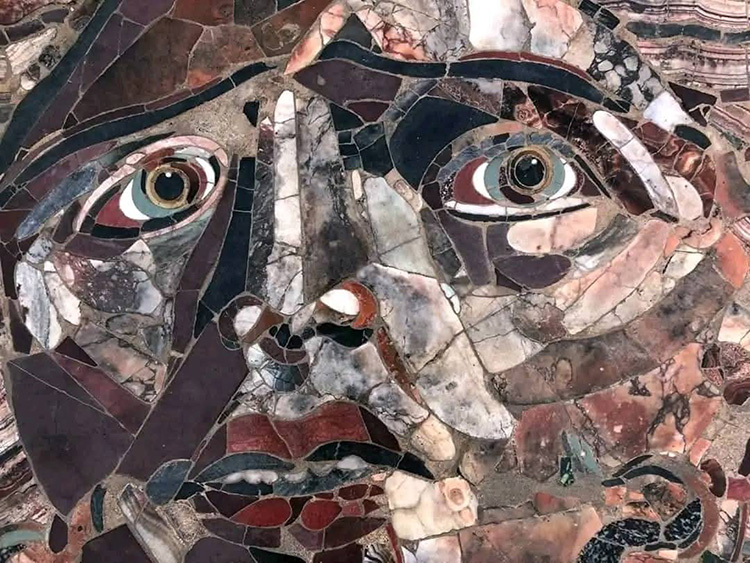
The mosaic occupies the central section of the Odeon’s floor, where polished geometric inlays create a striking, almost three-dimensional rendering of the snake-haired Gorgon. Far from a crude monster figure, the artist crafted an apotropaic image meant to deter harm; Medusa’s sharp fangs, coiling serpents, and direct gaze follow classical protective symbolism.
Dating to the early 1st century AD, the mosaic reflects the craftsmanship and visual culture of a city once known for its gladiators, metalworking guilds, and distinctive civic architecture. The Odeon itself functioned as a concert venue, covered theater, and civic assembly hall — a multifunctional building that remains one of the most visited structures at the site.
📣 Our WhatsApp channel is now LIVE! Stay up-to-date with the latest news and updates, just click here to follow us on WhatsApp and never miss a thing!!
Why the Protection Is Necessary
With winter conditions approaching, the excavation team determined that moisture, frost, and temperature fluctuations posed a risk to the marble inlays. Even small shifts in humidity can trigger micro-cracks in Roman mosaic craftsmanship, especially in artworks composed of large stone panels rather than tesserae.
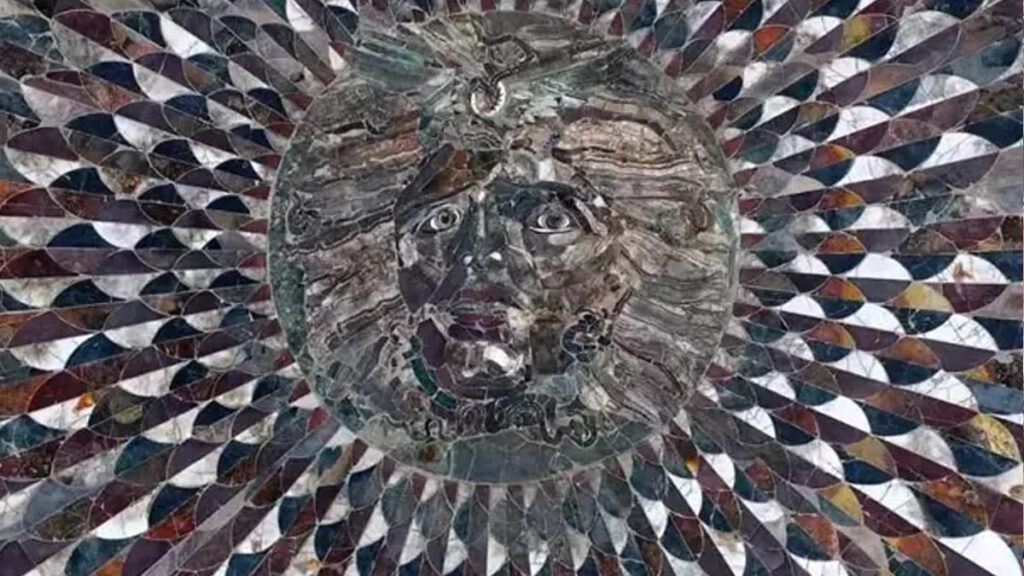
For this reason, both the opus sectile Medusa and the opus tessellatum mosaic in the adjoining stoa have been safely covered. Excavation director Prof. Dr. Şükrü Özüdoğru (Mehmet Akif Ersoy University Archaeology Department) announced on social media that the coverings will remain in place until April 2026, when the mosaics are expected to reopen to visitors.
A Unique Masterpiece
Medusa images are known across the Mediterranean, yet Kibyra’s example stands apart for several reasons:
- It is crafted from marble, not pebbles or ceramic tiles.
- It employs the high-status opus sectile method, used primarily in imperial architecture.
- It remains nearly fully original and preserved in situ.
This makes the mosaic not only a rare artistic achievement but also a reference point for understanding elite decorative programs in Roman Anatolia.
Tourism Outlook
Although the mosaic will be inaccessible during winter, the temporary closure is expected to heighten public interest when it reopens in spring. Kibyra’s visitor numbers have steadily grown, and the Medusa — even concealed beneath protective layers — remains the site’s most iconic draw.
You may also like
- A 1700-year-old statue of Pan unearthed during the excavations at Polyeuktos in İstanbul
- The granary was found in the ancient city of Sebaste, founded by the first Roman emperor Augustus
- Donalar Kale Kapı Rock Tomb or Donalar Rock Tomb
- Theater emerges as works continue in ancient city of Perinthos
- Urartian King Argishti’s bronze shield revealed the name of an unknown country
- The religious center of Lycia, the ancient city of Letoon
- Who were the Luwians?
- A new study brings a fresh perspective on the Anatolian origin of the Indo-European languages
- Perhaps the oldest thermal treatment center in the world, which has been in continuous use for 2000 years -Basilica Therma Roman Bath or King’s Daughter-
- The largest synagogue of the ancient world, located in the ancient city of Sardis, is being restored



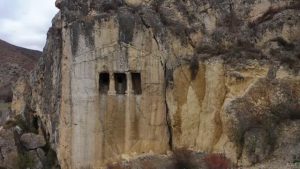

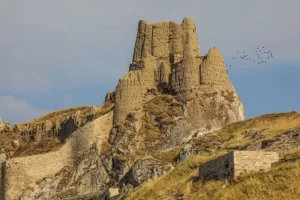
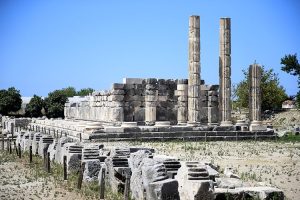



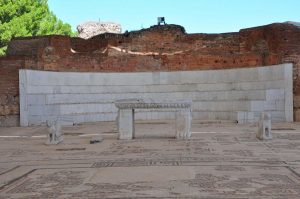
Leave a Reply